





 |
 |
 |
 |
 |
 |
| Charlie Fleming | profile | all galleries >> Birds of the world in Taxonomic order. Species count to December 2023 is 980 >> Myrtle Warbler - Setaphoga coronata | tree view | thumbnails | slideshow |
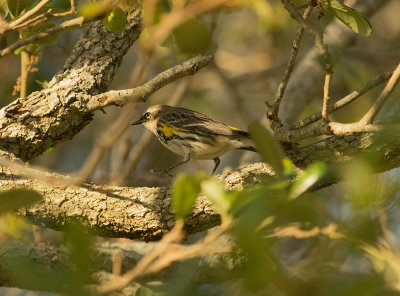 IMGP5113.jpg |
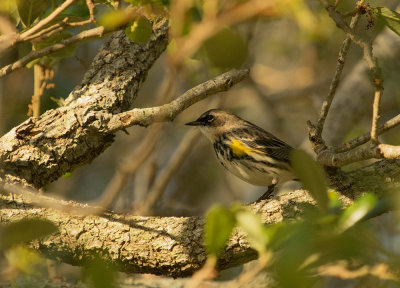 IMGP5111a.jpg |
 IMGP5109a.jpg |
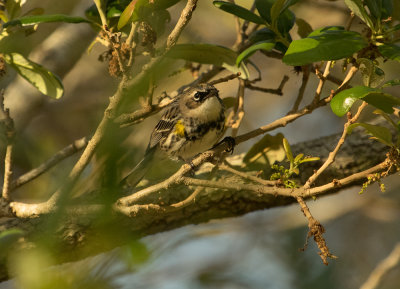 IMGP5104.jpg |
 IMGP5100a.jpg |
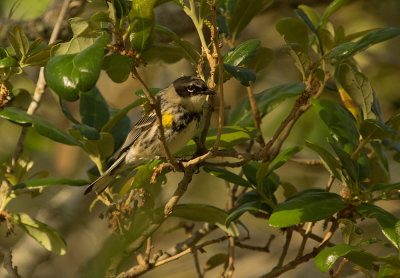 IMGP5096.jpg |
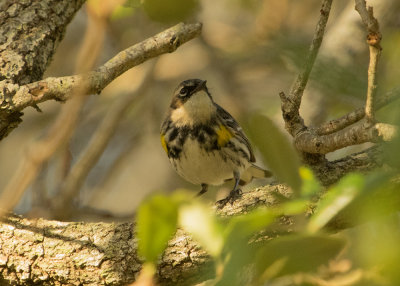 IMGP5091a.jpg |
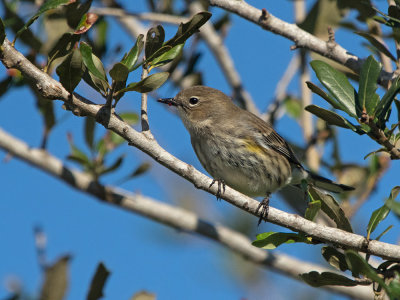 Dendroica coronata |
 Dendroica coronata |
| comment | share |